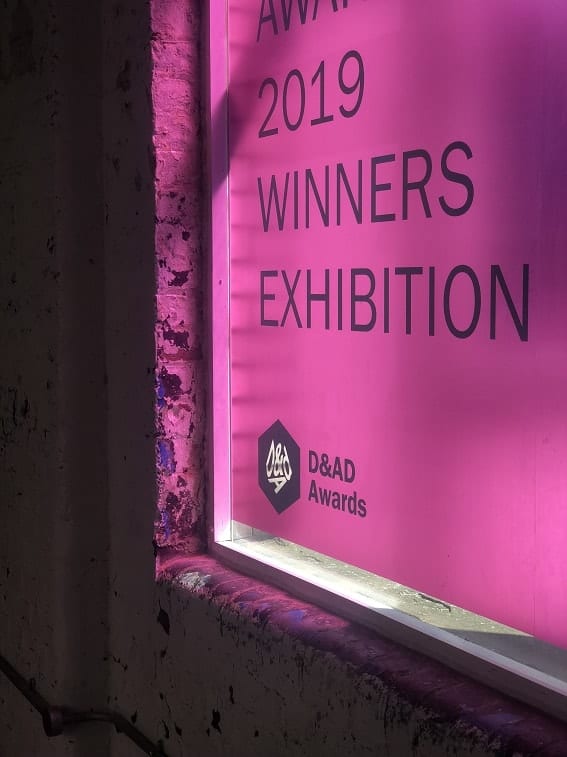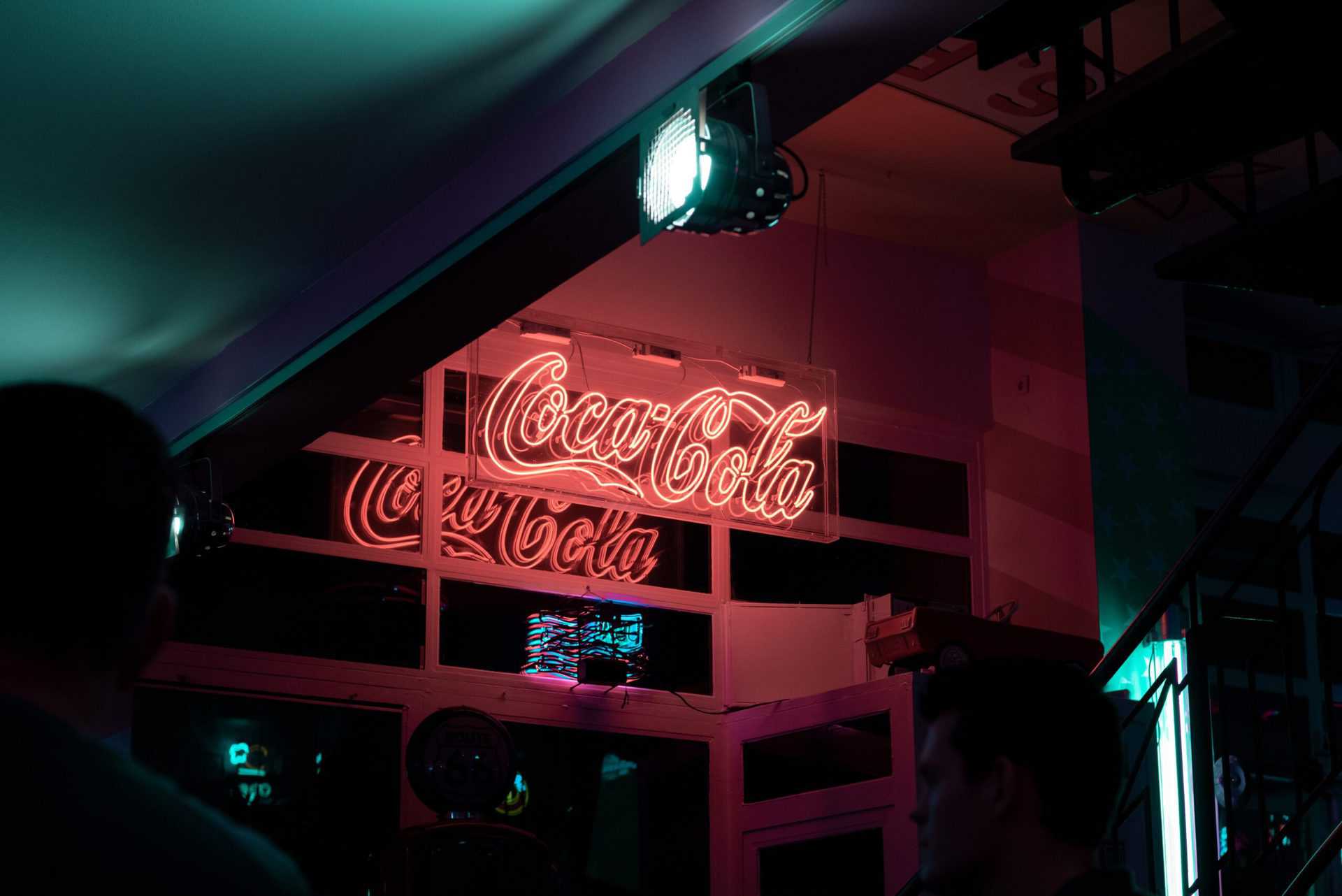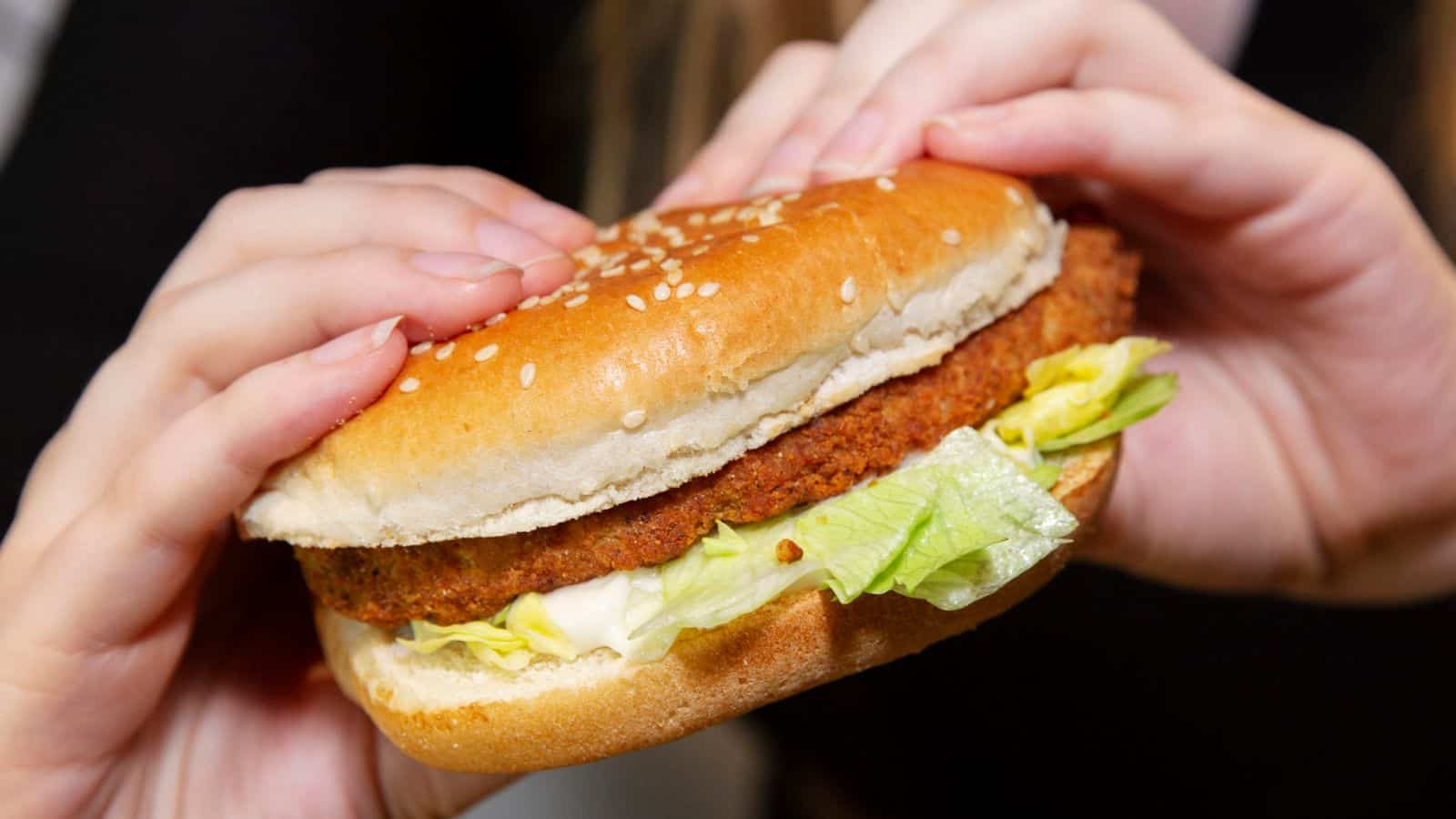LNER...who?
2-minute read
Client Service Director Caroline Dilloway questions who LNER really are, and what opportunities could be realised for them as the UK’s sole nationalised railway.
It’s not far off a year since the East Coast Mainline was taken back under government control, under the new operating name LNER. Now that’s some bang-on-brief naming – if that brief was “to sound as much like a functional government department as possible”.
Being an ambitious and growing business, whose success relies heavily on the national infrastructure to support our ability to harness skills between London and the north, and having personally spent many hours travelling on this line, I’ve had time to wonder what the future under LNER holds.
Without a doubt, this has been a railway with challenges since privatisation. Which is interesting as in theory, it has the credentials to be held in leadership esteem as the second most prolific railway in the country. And yet it’s had a run of failed management amid suggestions of over-inflated bids as well as ongoing issues with delays, overcrowding, and broken promises.
Commercially, there are clearly issues which Economists have got covered but what interests me is why even one of the most well-loved brands in the world failed to make this railway work.
And what chance has a ‘brand-that’s-not-really-a-brand’ got, especially when it’s run by the government – who have been somewhat otherwise occupied recently?
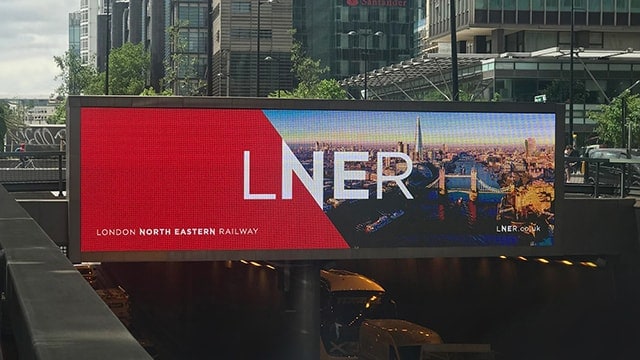
As this railway was rebadged overnight with a change of name and nothing more, the big risk to consumer engagement is to appear temporary, merely a wallpaper-over-the-cracks scenario – a brand with an end date. In a world where consumers are seeking new experiences, are open to innovation and are crying out for positive change, there’s never been a stronger case for a railway line to be a brand and not just a name.
It’s confusing. Who is LNER? What do they stand for, and what do they care about? Consumers engage with vision and values aligned to themselves so a bold and brave brand would encourage people to see beyond the historic failures. Change that’s even slightly passive will always instigate comparison (not favourably) to the predecessor. LNER is not Virgin Trains, so should stop pretending to be, it needs to find its own place in the world and shape its own story.
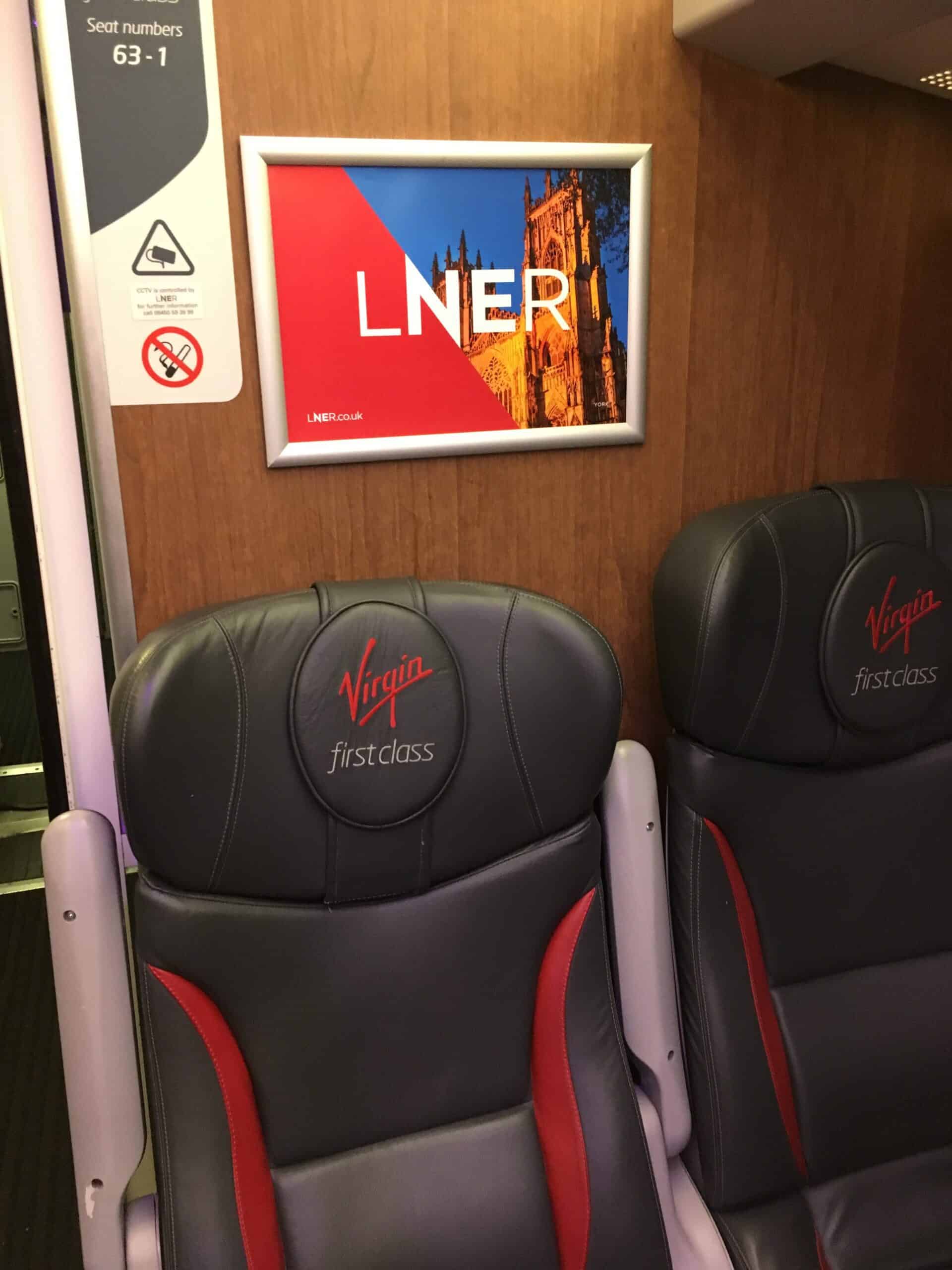
Incredibly, there’s an opportunity unique to this organisation, and that’s to build on the benefits of this railway being government run – more ‘for the people’, less for shareholders’ pockets, more leadership, less following the new norms of the train travel marketplace.
Consumers today care about the impact their decisions have on the world, whether that’s environmental concerns, health and wellbeing or work/life balance and doing good for the community. This railway has the opportunity to make good of the fact that they actually have little choice of who to travel with and, converse to other railways, create a brand that enables and facilitates living a good life.
The brand is about long-term strategy, a mutually beneficial relationship between the brand and the consumer, it’s about being relevant today and evolving together into the future. Being open, honest and genuinely helpful in making consumers’ lives better – even if that’s just for 2hrs 20 minutes passing through somewhere called Grantham on the 6:40 am to Kings Cross.
Sign up to our mailing list in the footer to receive more insights straight into your inbox, or follow us on Instagram or LinkedIn.



